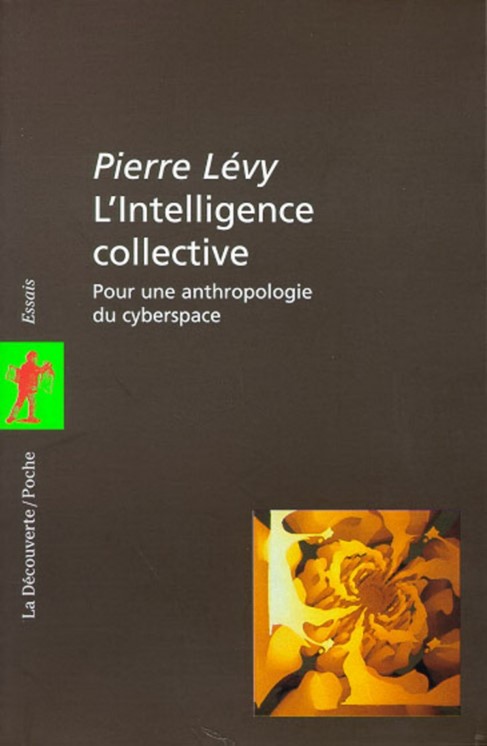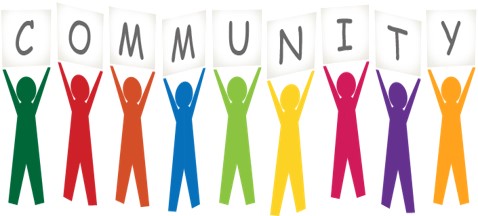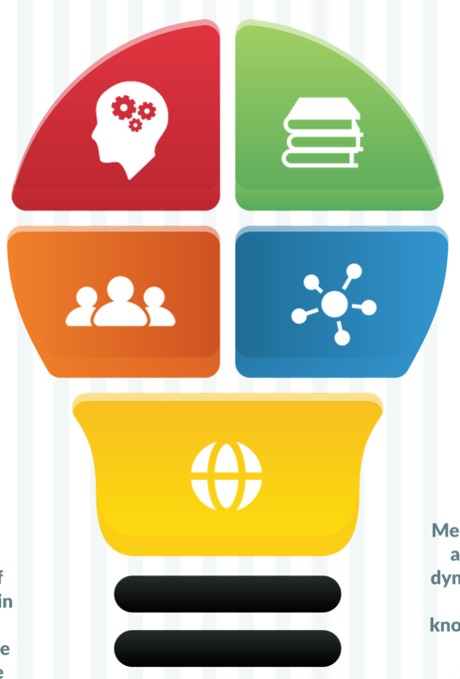THE EVOLVING THE CONCEPTION OF CULTURAL HERITAGE
A more dynamic, open and inclusive conception of cultural heritage, including traditions,customs and local products.

CULTURAL HERITAGE AND COMMUNITIES
Cultural heritage is a group of resources inherited from the past which people identify […] as a reflection and expression of their constantly evolving values, beliefs, knowledge and traditions. It includes all aspects of the environment resulting from the interaction between people and places through time.
A heritage community consists of people who value specific aspects of cultural heritage which they wish, within the framework of public action, to sustain and transmit to future generations.
Convention on the Value of Cultural Heritage for Society – Faro, 2005, art. 2

TOWARDS A NEW APPROACH TO CULTURAL HERITAGE

TOWARDS NEW NETWORKS


THE ROLE OF WEB
The Web is the information ecosystem used to increase knowledge, orient choices, interact with other people, institutions and companies. For this reason:
- Web seems to be the most effective ecosystem for communities to collaborate profitably, easily adopting collaborative approaches, reuse and sharing practices, languages and marketing potential.
- Web can support and consolidate heritage communities and minor destinations.
KNOWLEDGE NAVIGATION
We are entering “a post-media era in which communications technologies will serve to filter and help us navigate knowledge, and enable us to think collectively rather than simply haul masses of information around with us.
Unfortunately, although the promoters of the information highways may be aware of the problem, they remain mired in discussions about bandwidth.”
Pierre Lévy, L’intelligence collective: Pour une anthropologie du cyberspace, 1994

WEB OF DATA THE CONNECTIONS, AGAIN!
To feed Artificial Intelligence Services:
No more duples:
Author = John Smith
Title = Some.doc
But triples:
John Smith IsAuthorOf Some.doc
That (for example) excludes that
Some.doc IsAuthorOf John Smith

THE CHALLENGE OF GLOBAL LIBRARY 1/2
“Imagine a world in which every single person on the planet is given free access to the sum of all human knowledge. That’s what we’re doing.”

Paul Otlet (1868 – 1944)
Belgian bibliographer. He attempted to create a universal repository of all the world’s recorded knowledge. His writings on information science anticipated the advent of World Wide Web.

Jimmy Donal “Jimbo“ Wales (1966 – )
American internet entrepreneur.
He is known as a co-founder of the online non-profit encyclopedia Wikipedia and the for profit web hosting company Wikia.
THE CHALLENGE OF GLOBAL LIBRARY 2/2
An utopic, global vision aiming to grant free access to the sum (structured and understandable) of all knowledge to everyone.
P. Otlet, Traité de la documentation (1934), p. 41.

THE VERY FIRST WEB
The original architecture of the Web was developed by the British computer scientist Tim Berners Lee (1955 – ).
In March 1989, Tim Berners Lee laid out his vision for what would become the web, in a document called “Information management: a proposal”.
His work is responsible for the elaboration and implementation of the principles, protocols and languages that still characterize this complex network application.

THE WEB OF PRESENT


CITIZEN ENGAGEMENT AND EMPOWERMENT 1/2
A strategy could be the activation of bottom-up processes aiming at the wider possible engagement of communitites, if possible with the support of experts (top-down) – to ensure quality.
At the same time, it has to be helped the spontaneous participation of citizens and stakeholders, empowering their informaton literacy skills.


CITIZEN ENGAGEMENT AND EMPOWERMENT 2/2
Involving and engaging the heritage communities, students, stakeholders using the new Web as smartly as possible, activate local stakes and collaborative dynamics

THE 5 LAWS OF MEDIA AND INFORMATION LITERACY 1/5

Law 1
Information, communication, libraries, media, technology, the Internet as well as other forms of information providers are for use in critical civic engagement and sustainable development. They are equal in stature and none is more relevant than the other or should be ever treated as such.
THE 5 LAWS OF MEDIA AND INFORMATION LITERACY 2/5

Law 2
Every citizen is a creator of information/knowledge and has a message. They must be empowered to access new information/knowledge and to express themselves. MIL is for all – women and men equally – and a nexus of human rights.
THE 5 LAWS OF MEDIA AND INFORMATION LITERACY 3/5

Law 3
Information, knowledge, and messages are not always value neutral, or always independent of biases. Any conceptualization, use and application of MIL should make this truth transparent and understandable to all citizens.
THE 5 LAWS OF MEDIA AND INFORMATION LITERACY 4/5

Law 4
Every citizen wants to know and understand new information, knowledge and messages as well as to communicate, even if she/he is not aware, admits or expresses that he/she does. Her/his rights must however never be compromised.
THE 5 LAWS OF MEDIA AND INFORMATION LITERACY 5/5

Law 5
Media and information literacy is not acquired at once. It is a lived and dynamic experience and process. It is complete when it includes knowledge, skills and attitudes, when it covers access, evaluation/assessment, use, production and communication of information, media and technology content.
REFERENCES
Council of Europe (2005), Council of Europe Framework Convention on the Value of Cultural Heritage for Society, Faro, 27th Oct. 2005. Available at: https://www.coe.int/en/web/conventions/full-list/-/conventions/treaty/199
Numerico, Fiormonte, Tomasi (2010), L’umanista digitale.
Lévy, P., & Lévy, P. (1997). L’intelligence collective: pour une anthropologie du cyberspace. Paris: La découverte.
UNESCO, Five Laws of Media and Information Literacy, available at: http://www.unesco.org/new/en/communication-and-information/media-development/media-literacy/five-laws-of-mil/
